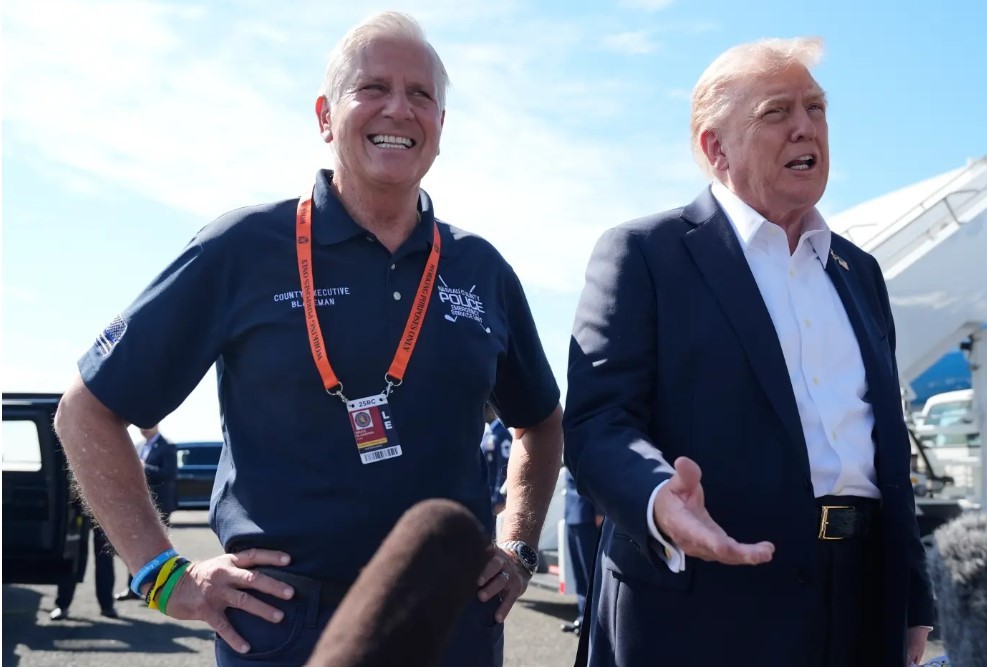10 Largest Tribal Groups In The US Today By Population
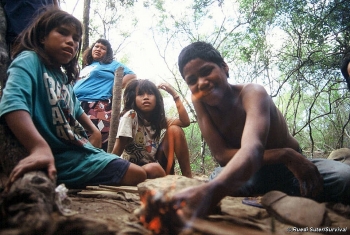 Top 10 Isolated Tribes in the World Today Top 10 Isolated Tribes in the World Today |
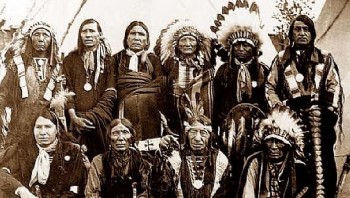 Who Are The Native Americans: Culture, Traditions and Religions Who Are The Native Americans: Culture, Traditions and Religions |
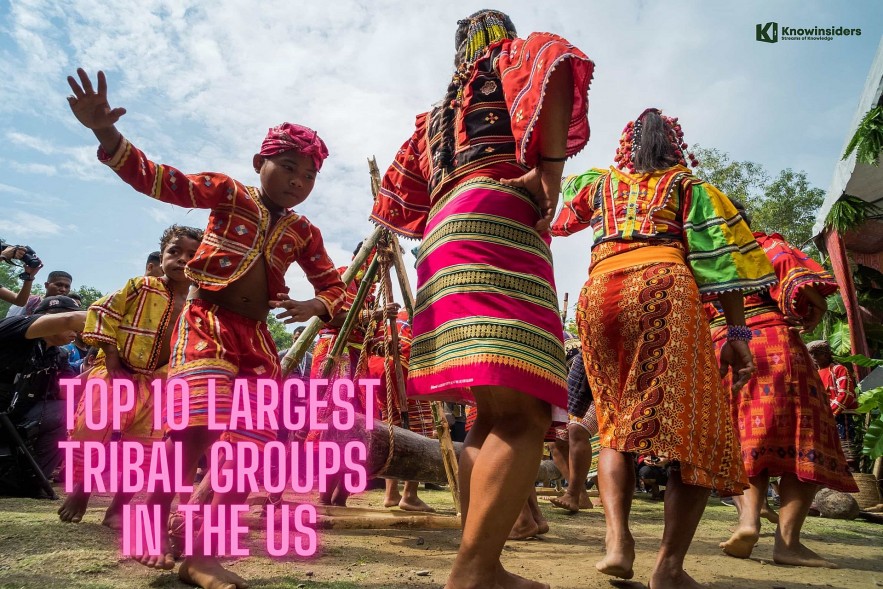 |
| Top 10 Largest Tribal Groups In The US. Photo KnowInsiders |
| Contents |
The federal government of the United States has established diplomatic relations with the 574 Native American Indian tribes and Alaska Native entities. Native American tribes enjoy the status of separate and sovereign political entities under American law.
Christopher Columbus and the other explorers who came to North America intended to colonize the land from the indigenous people who lived there. Native Americans' relationship with European colonists is fraught with conflict and pain, spanning decades of war and treaty. Native Americans were able to establish a robust economic system based on trade with Europeans because they had extensive knowledge of the North American landscape and its resources.
Top 10 Largest Tribal Groups in the US Today by Population
1. Navajo
- Tribe alone or in any combination: 399,567
- Tribe alone: 332,389
Of all the Native American tribes in the nation, the Navajo Nation has by far the most land. Today, it also claims to have the most students enrolled.
Nearly 25,000 square miles in size, the Navajo Nation is more than twice the size of Maryland and roughly the size of West Virginia. Arizona, New Mexico, and Utah are included in the country.
With nearly 400,000 registered members, the Navajo Nation surpassed the Cherokee Nation in 2021 to take the title of largest tribe in terms of population. Navajo has the most speakers of any Native American language, as you might anticipate.
Native Americans spoke more than 300 languagesMore than 300 languages, with as many as 500 spoken across the continent, were spoken in North America before colonization. However, due to government assimilation policies, many of these languages are now extinct. "In the difference of language today lies two-thirds of our trouble," said President Ulysses S. Grant in 1868. "Their barbarous dialect should be blotted out and the English language substituted." Native Americans were forcibly removed from their homes and relocated to reservations starting in the 1800s. Children were also sent to Indian boarding schools where they were given an English education. The Indian Education Act, which Congress passed in 1972, gave Native American tribes the right to teach their own languages. The U.S. Census Bureau estimates that 169 Native languages were spoken in the country as of 2013. Many of them have incredibly few speakers. The Native American Language Act, passed by Congress in 1990, offers assistance for the revival and preservation of Native American languages. Since all but two Native American languages face extinction by 2050, this support is essential. |
2. Cherokee
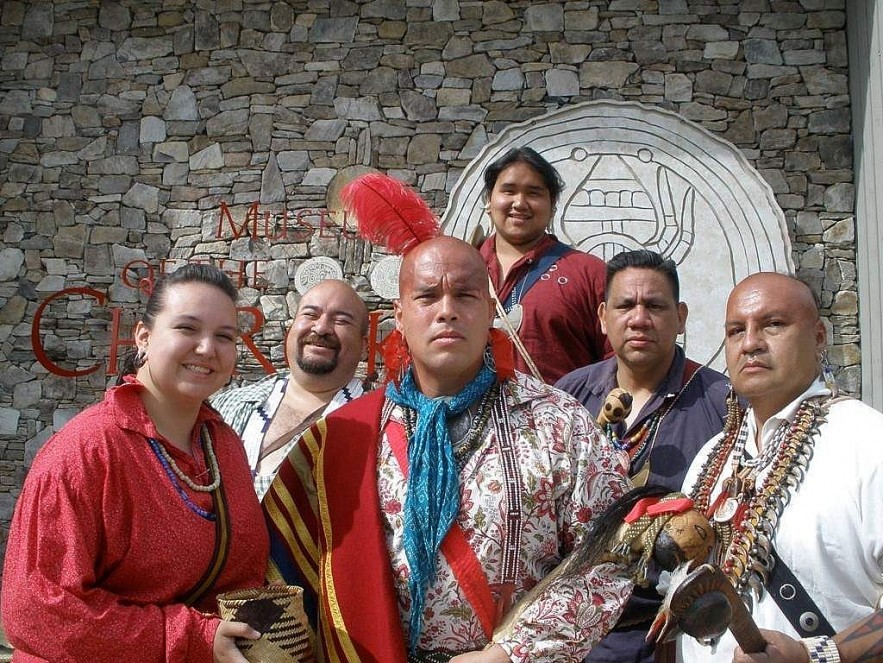 |
| Photo North Carolina Smoky Moutanins |
- Tribe alone or in any combination: 1,116,990
- Tribe alone: 292,555
The Cherokee hold the title of being the largest tribe in the country. The Cherokee, who are Iroquois descendants, eventually adopted many European traditions and frequently intermarried with them. This included incorporating agricultural practices, architectural styles, and clothing from Europe, resulting in the tribe's current melting-pot culture.
There are three branches of government that make up the Cherokee Nation's constitution: the executive, legislative, and judicial.
The principal chief holds the position with the most authority. Chief Chuck Hoskin, Jr. is the principal chief at the moment. Bryan Warner is the deputy principal chief.
| On February 21, 1828, the first edition of the Cherokee Phoenix was published in the Cherokee capital of New Echota, Georgia. The first bilingual newspaper in the United States, it was printed in both English and Cherokee. |
3. Choctaw
- Tribe alone or in any combination: 255,677
- Tribe alone: 100,605
The Choctaw Nation, which has more than 200,000 tribal members and more than 11,000 employees, is the third-largest Indian nation in the country. Historic boundaries of the first tribe to cross the Trail of Tears are in Oklahoma's southeast corner.
The Choctaw Nation's mission, "Living out the Chahta Spirit of faith, family, and culture," is clear from the way it keeps emphasizing opportunities for development and prosperity.
4. Chippewa
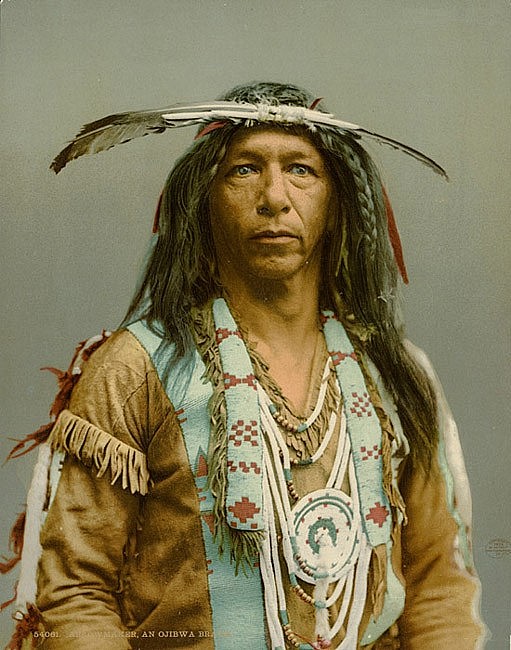 |
| Photo family search |
- Tribe alone or in any combination: 214,026
- Tribe alone: 119,229
With nearly 150 distinct bands spread across their original homeland in the northern United States, primarily Minnesota, Wisconsin, and Michigan; and southern Canada, particularly Ontario, Manitoba, and Saskatchewan, the Chippewa, also known as the Ojibway, Ojibwe, and Anishinaabe, are one of the biggest and most powerful nations in North America.
The puckered seam on their moccasins is what the Ojibway phrase "to roast till puckered up" refers to. The tribe's historical territory included North Dakota and the Minnesota Turtle Mountains, as well as both the Huron and Superior shores. Despite being numerous and occupying a large area, the Chippewa never achieved historical prominence because of their isolation from the frontier during the colonial wars.
Native Americans were granted American citizenship in 1924The Indian Citizenship Act was signed into law by President Calvin Coolidge on June 2, 1924. Some Native Americans were already considered U.S. citizens, because the 1887 Dawes Act, which granted citizenship to those who accepted land grants. However, even though they had been given full citizenship, many Native Americans were still denied the right to vote. Voting rights were up to states, and many continued to deny them to Native Americans for decades. |
5. Sioux
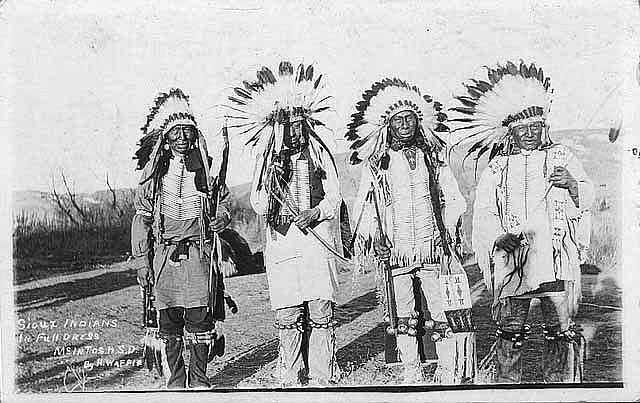 |
| Photo Native Hope |
- Tribe alone or in any combination: 207,684
- Tribe alone: 118,850
The Sioux are a people who inhabit North Dakota, South Dakota, Nebraska, Minnesota, Montana, and Canada. They are well-known for their fierce hunting and warrior culture. They gained the most notoriety in recent years as a result of the protest at Standing Rock Indian Reservation against the construction of the Dakota Access Pipeline.
As a result of the protests' media coverage, a huge number of supporters traveled to Standing Rock to stand with the Sioux.
6. Blackfeet
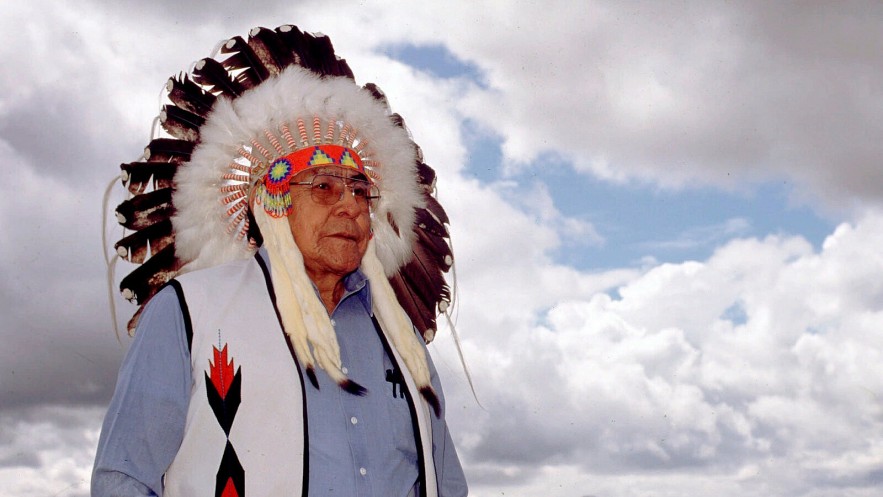 |
| Photo NY Times |
- Tribe alone or in any combination: 159,394
- Tribe alone: 29,575
One of the top ten largest tribes in the country, the 17,321-member Blackfeet Nation, is located on the Blackfeet Indian Reservation. The reservation is situated in northwest Montana and was created by treaty in 1855.
The Blackfeet band currently residing on the Blackfeet Reservation are decedents of the Blackfeet Piegan tribe. The Bloods and the North Blackfeet are two additional bands that now call various Albertan Canadian Indian preserves home.
7. Apache
- Tribe alone or in any combination: 150,120
- Tribe alone: 74,702
The Apache gained a reputation for having fierce warriors as a result of their frequent conflicts with westward migrating settlers. They were generally cordial with nearby tribes and frequently spent the winters with the Pueblos. The Apache were introduced to horses through their interactions with the Pueblos, and they later developed a reputation for being expert riders who raided nearby tribes and led nomadic lifestyles.
8. Iroquois
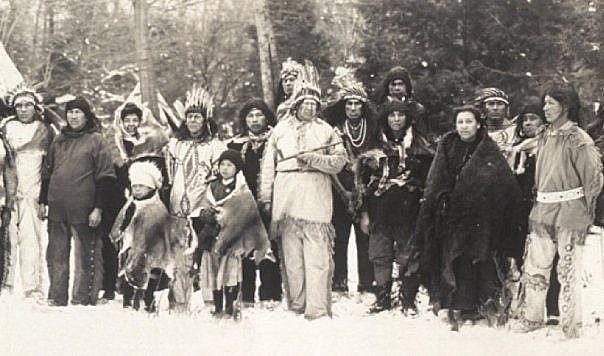 |
| Photo Pinterest |
- Tribe alone or in any combination: 114,568
- Tribe alone: 47,230
For well over 4,000 years, the Iroquois people have lived in the regions of Ontario and upstate New York.
The term "Iroquois" technically refers to a language rather than a specific tribe. In actuality, there were five IROQUOIS tribes before European colonization. Their society is a prime example of effective political and military structure, complex lifestyle, and elevated status of women.
9. Creek
- Tribe alone or in any combination: 108,368
- Tribe alone: 44,041
The Creek or Muscogee Nation (Este Mvskokvlke) is a contemporary Native American tribe in the United States that has received federal recognition. However, in the eighteenth century, the Creek Nation was actually the Creek Confederacy, a multi-ethnic alliance of migrant peoples whose territory stretched from South Carolina to Alabama.
10. Lumbee
- Tribe alone or in any combination: 94,755
- Tribe alone: 75,903
The heart and homeland of the Lumbee People are located in southeast North Carolina, among the pines, swamps, and the ominous Lumbee River. Hundreds of years ago, survivors of tribes speaking the Algonquian, Iroquoian, and Siouan language families, including the Hatteras, Tuscarora, and Cheraw, came together in the safety of this land to form the Lumbee. In 1885, the State of North Carolina recognized the Indian ancestry of the Lumbee people. Congress recognized the Lumbee as an Indian tribe in 1956, but it denied the People any federal benefits that would have come with it. The Lumbee are still fighting this decision today.
The Lumbee tribal capital is situated in Pembroke, a small settlement. Robeson, Scotland, Hoke, and Cumberland are the four adjacent counties that make up the tribal territory and service area. Most tribal services are located in the tribal housing complex, also referred to as "The Turtle."
 Top 10 Isolated Tribes in the World Today Top 10 Isolated Tribes in the World Today In our very modern world, there are still a small number of remote tribes living a way of life largely unchanged for thousands of years. |
 Who Are The Native Americans: Culture, Traditions and Religions Who Are The Native Americans: Culture, Traditions and Religions Native Americans have a long history and rich culture. Understanding Native Americans' features helps us learn more about US history. |







